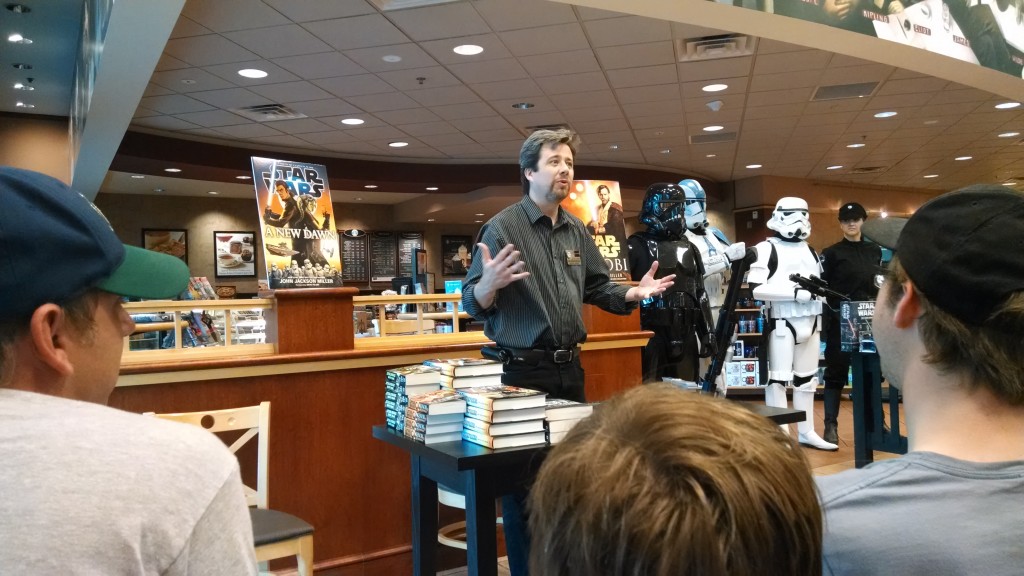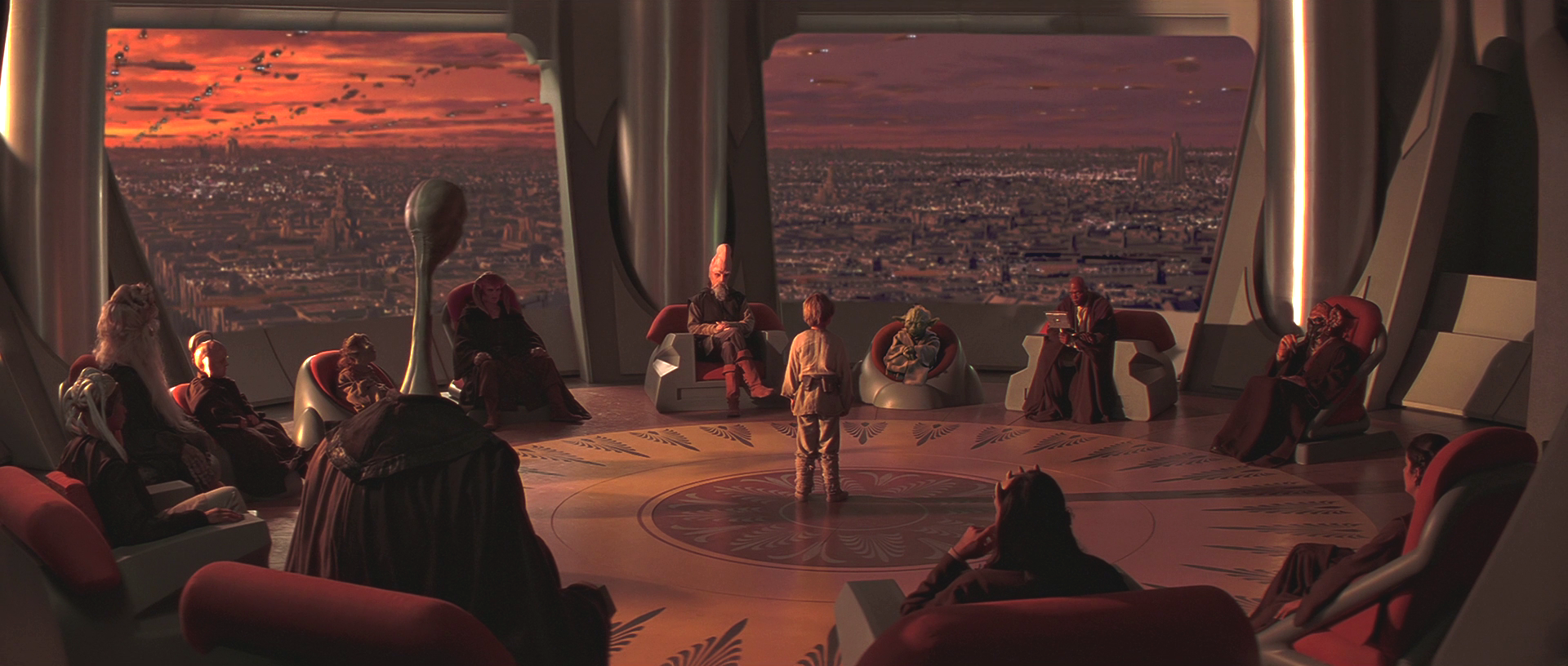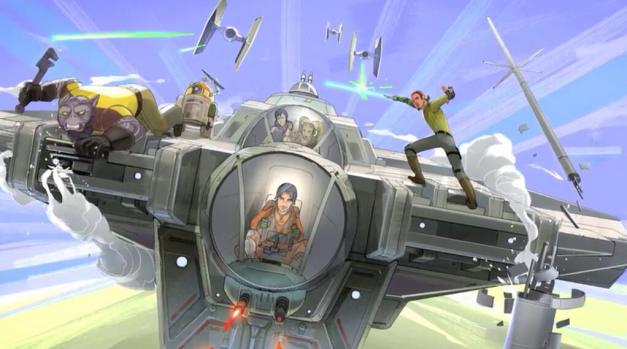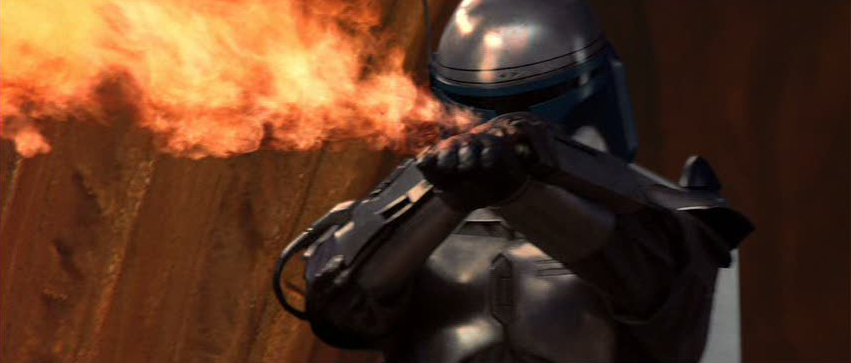
When a book is as hotly anticipated as A New Dawn, just one review might not be good enough. Several of us at Eleven-ThirtyEight were able to make our way through it over the last couple weeks, and in order to give everyone a chance to speak their mind, myself, Ben Wahrman, Jay Shah, and Rocky Blonshine got together last weekend for some informal Aggressive Negotiations.
It’s been a while, so if you’re unfamiliar with this series, all you need to know is that it’s basically a low-key chat session with only loose moderation, and no holds barred—no censorship, no editing, no typo repair. Enjoy!
Mike: Let’s start with general impressions of the book itself. Was it pretty much what everyone was hoping for?
Ben: pretty much, yeah
Rocky: even better.
Ben: i loved Kenobi, and this was about on that level, but different
Mike: i’m not as over-the-moon about it as i was Kenobi, but it was definitely classic JJM
Jay: More or less. I wanted confirmation that EU would still be used, especially background information. And I was hoping that it would make the characters from Rebels seem interesting.
Rocky: I was so scared that this book wouldn’t feel like the EU we know and love, but it had a lot of the feel of classic EU stuff. Read More




